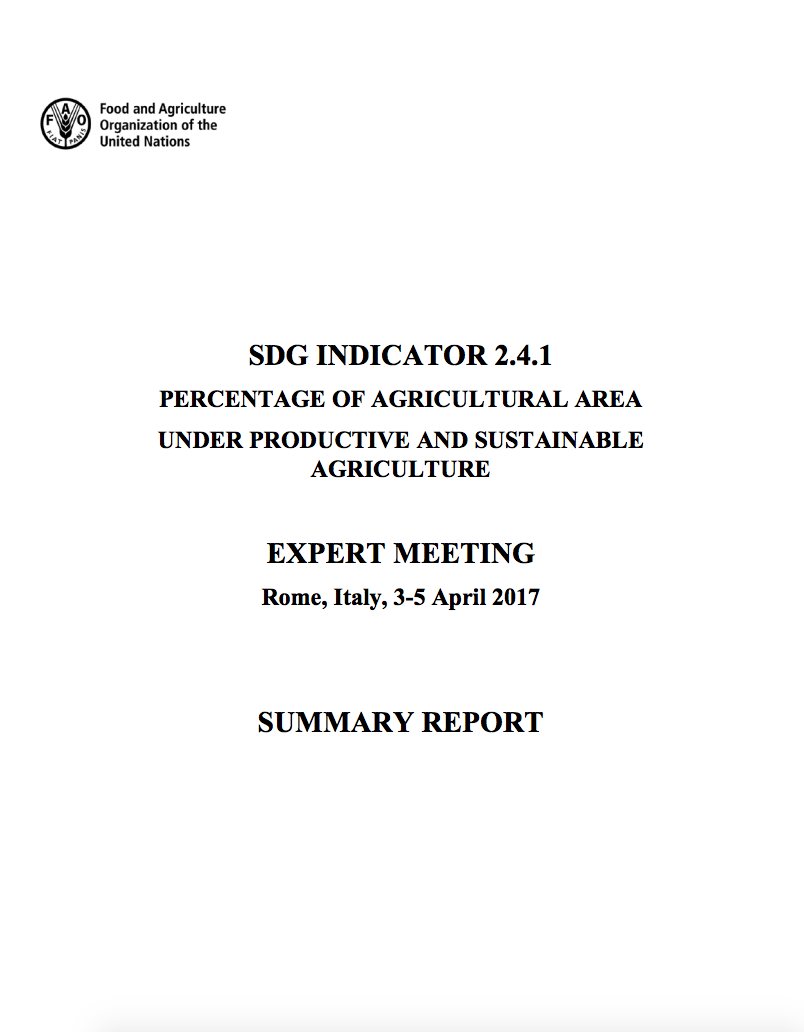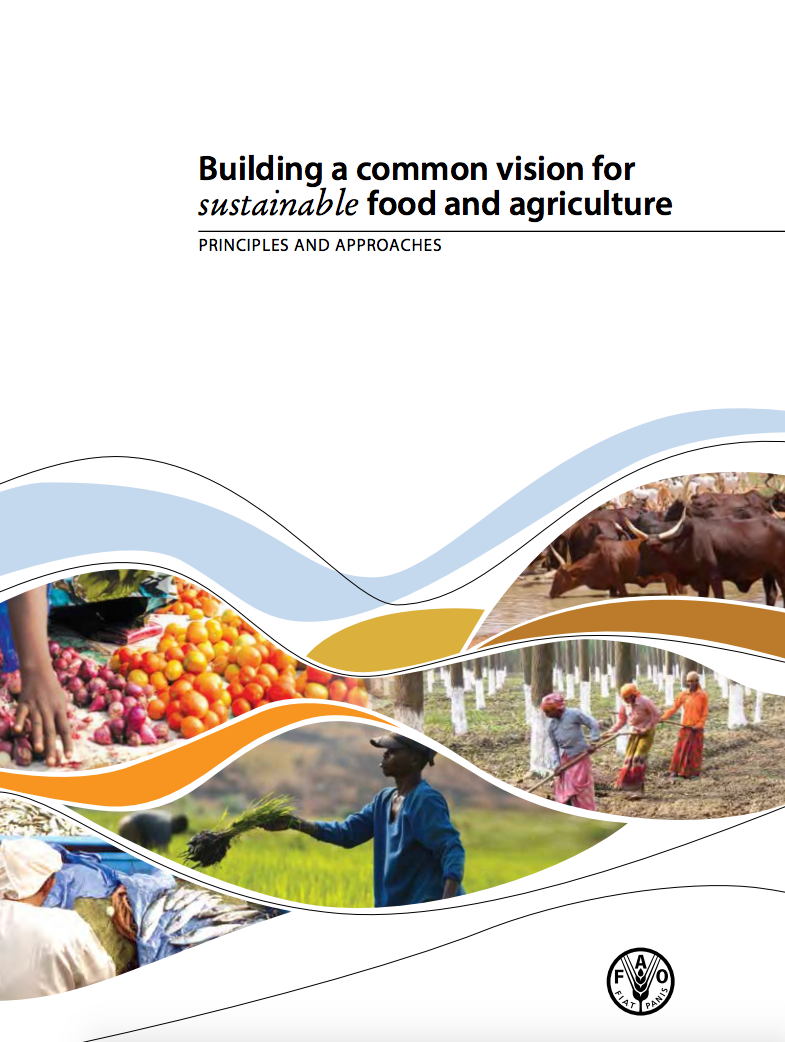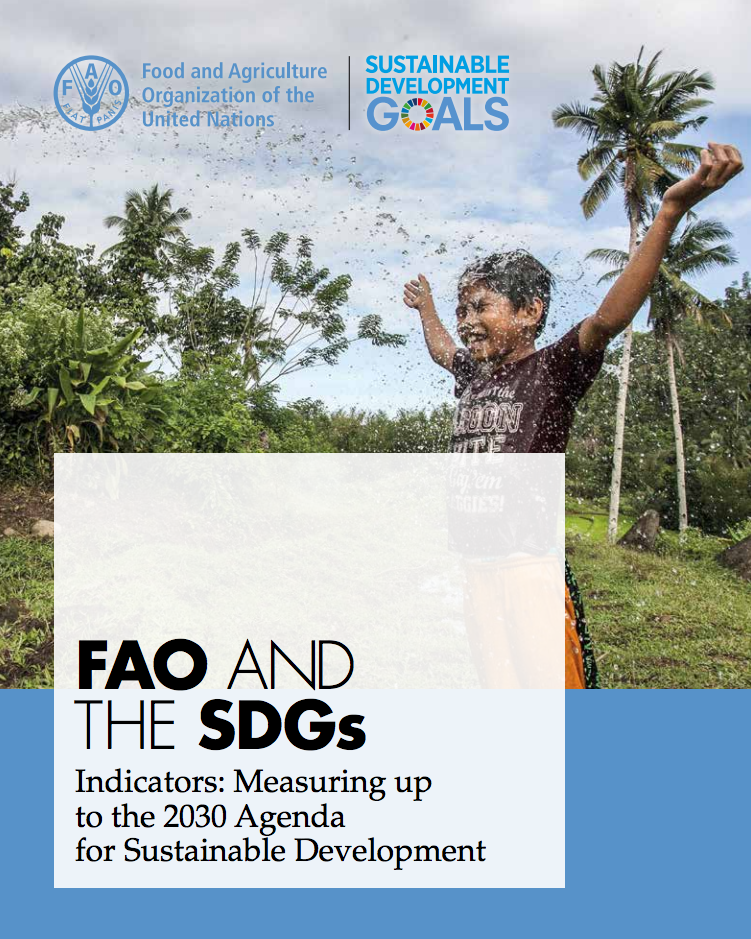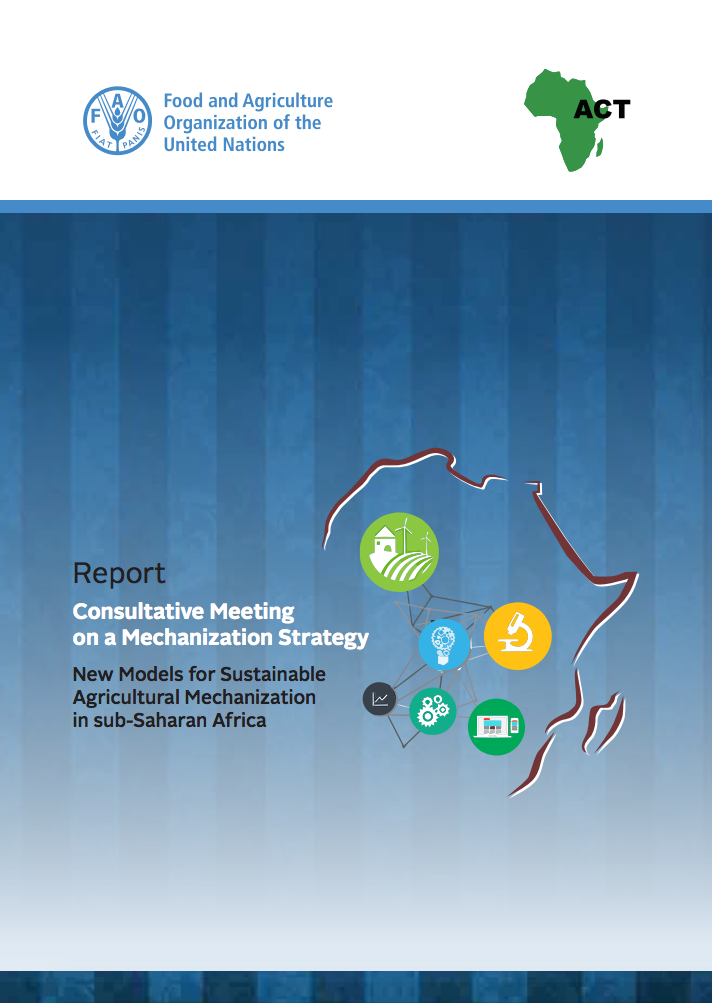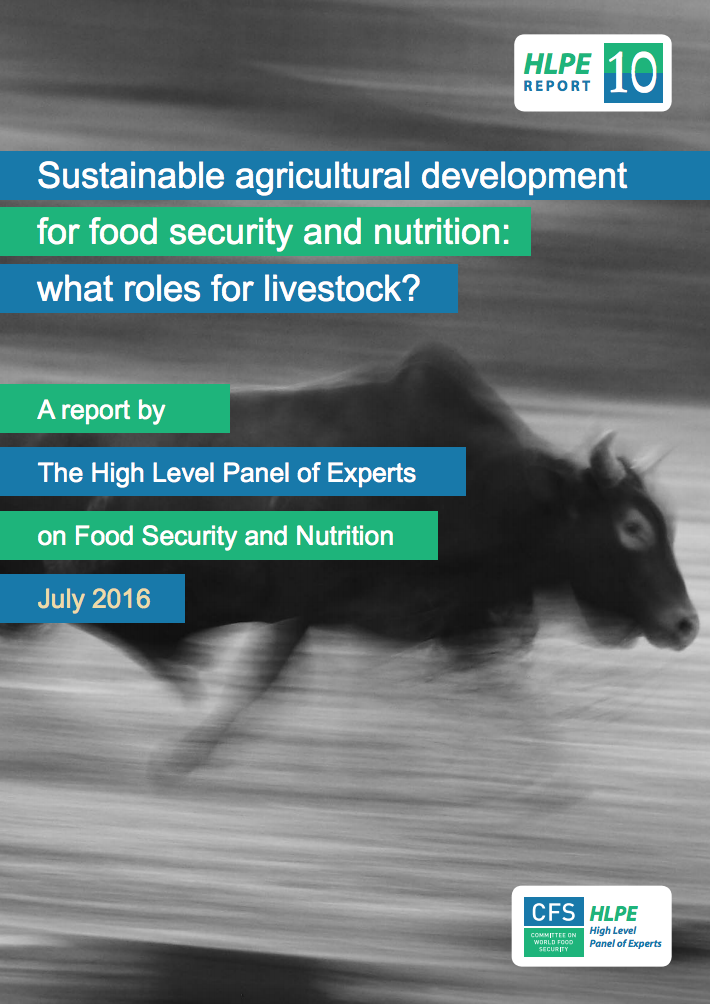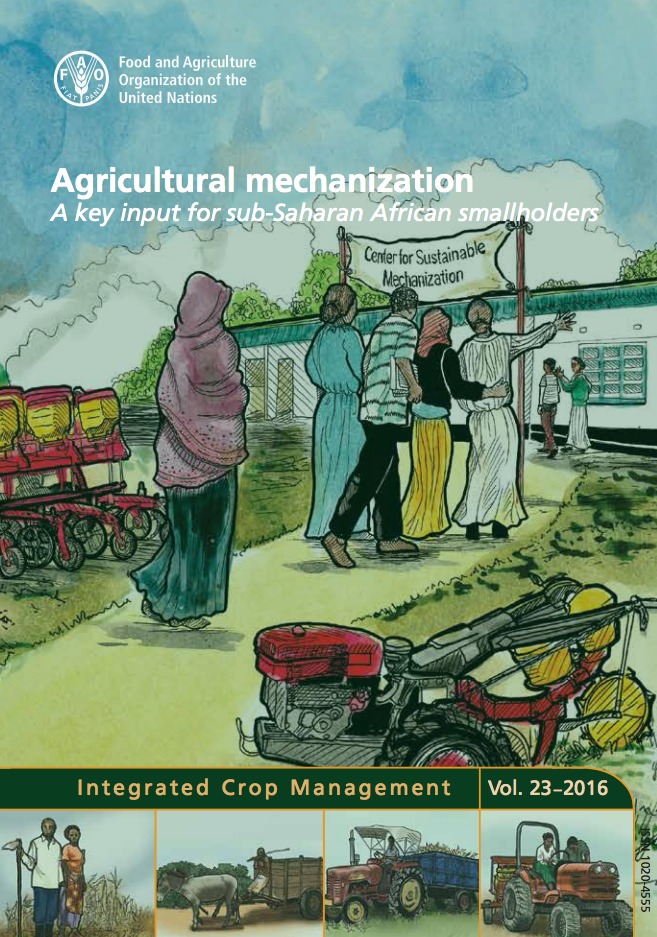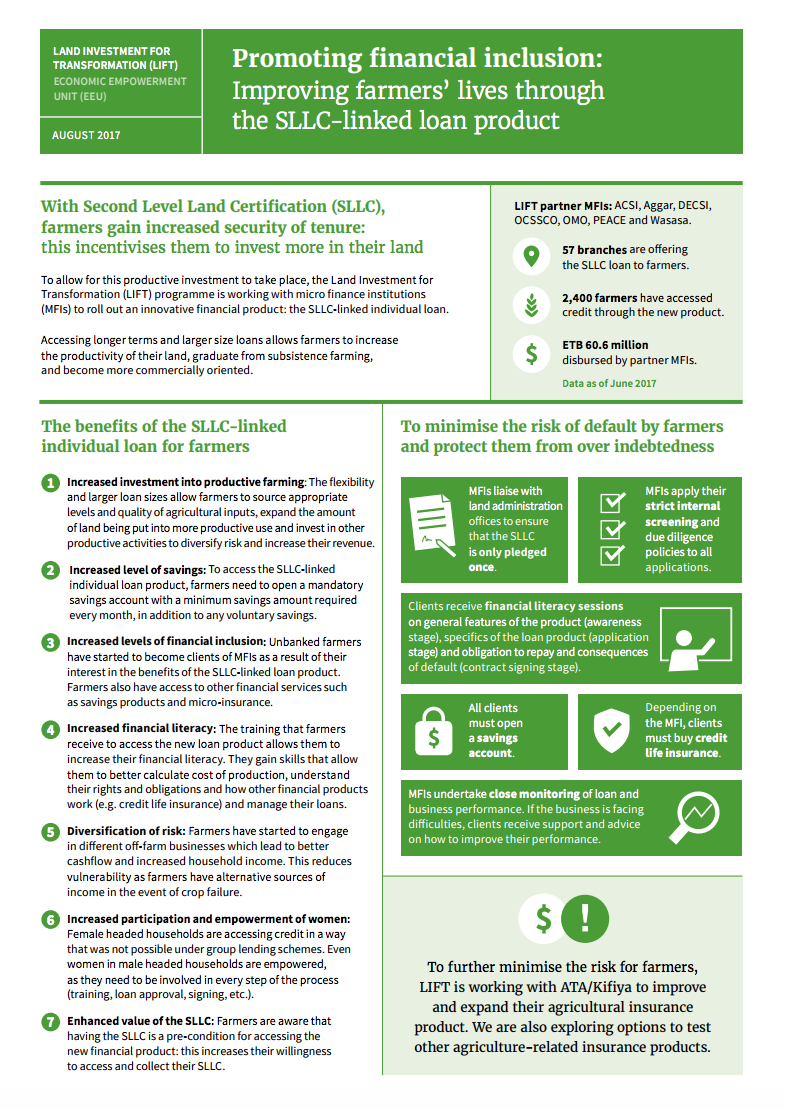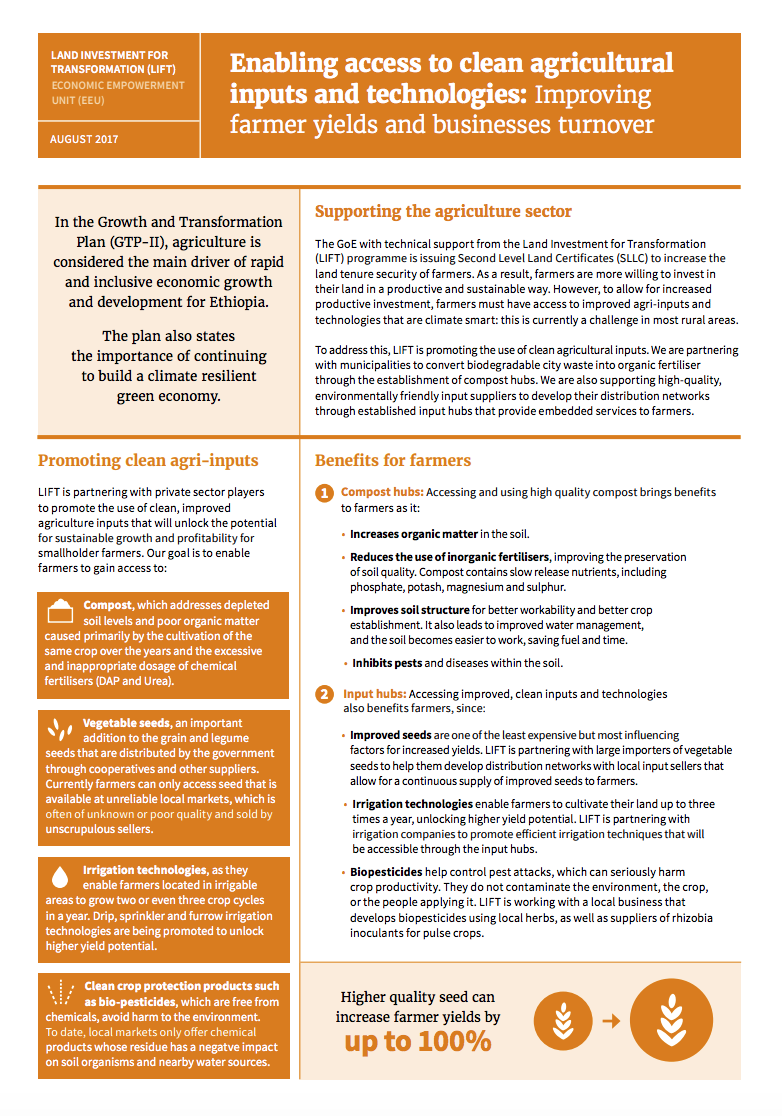Driving forces behind vineyard abandonment in Slovakia following the move to a market-oriented economy
The abandonment of farmland has become a widespread phenomenon in post-socialist countries that have seen revolutionary changes in their economic systems. The phenomenon is notable in vineyard areas, where abandonment leads to the loss of the unique character of vineyard landscapes. This paper assesses the extent of vineyard abandonment in Slovakia and analyses the driving forces behind it. We used statistical and Corine Land Cover data to map the change in vineyard areas in Slovakia and analyse the pressure of underlying driving forces.


